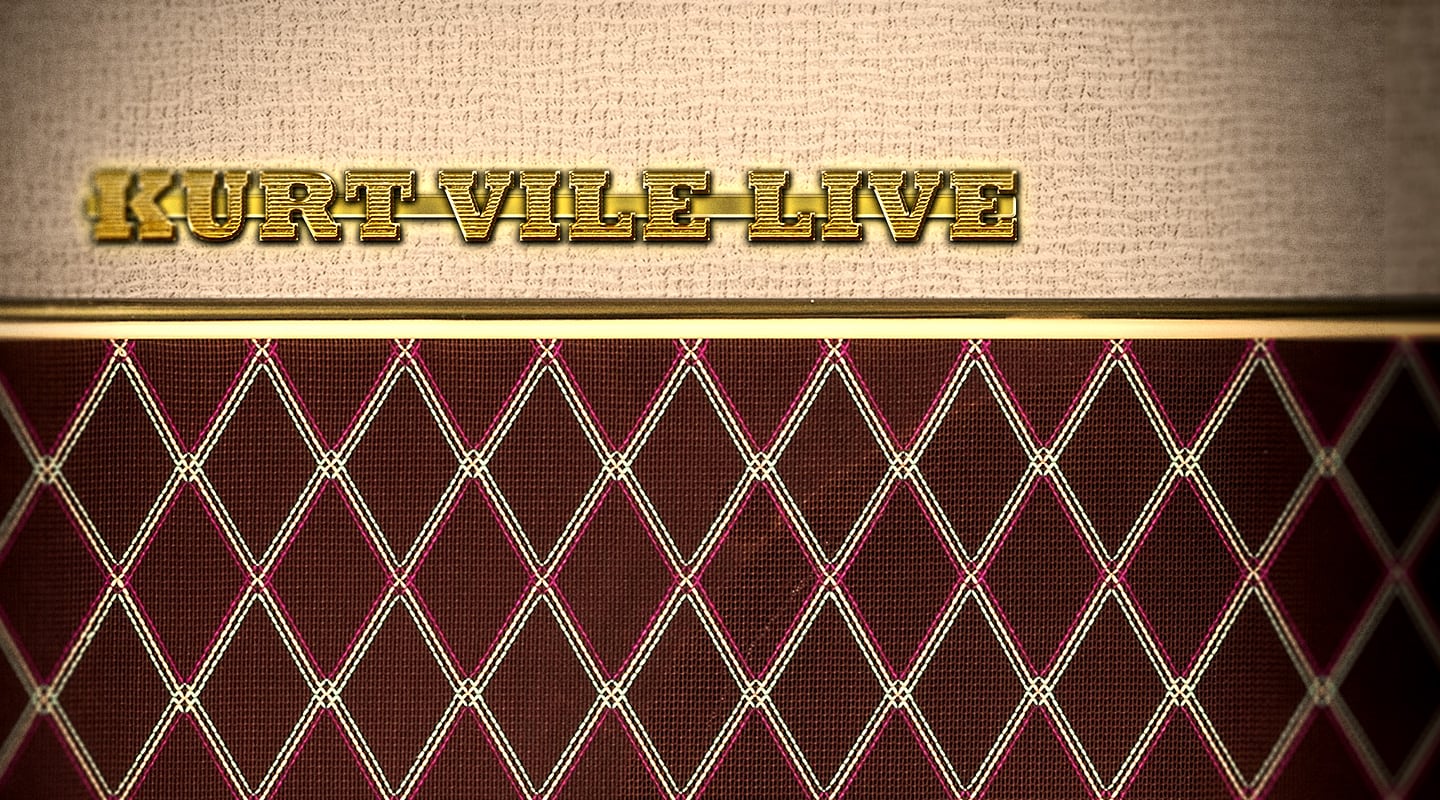
Kurt Vile Live
After the inaugural Bendigo Autumn Festival was cancelled at short notice, indie rockers Kurt Vile & The Violators won a gig at the Theatre Royal, Castlemaine. The Theatre Royal is an old-school analogue venue, but the Violators needed to go digital. Mark Woods tells the story...
Castlemaine is a hit town. Originally they came for the gold, today they’re escaping Melbourne. Recently nicknamed Northcote North, it’s home to an increasing number of tree-changers who’ve sold their inner-city Melbourne cottages and moved to the country, but still expect decent coffee. The Theatre Royal has been the heart of the town since 1851, and claims to have been in continual operation longer than any other cinema on mainland Australia. Its day job is showing movies, but it’s also been a live venue from the start. Lola Montez, the Spanish Dancer and mistress of King Ludwig the 1st of Bavaria, famously entertained the gold miners there in 1855.
As a band venue it’s intimate and real, with a good stage and a capacity of around 400. For those old enough to remember, it’s just like the Crystal Ballroom – St Kilda’s legendary venue from a time before pokies and EDM, when bands ruled the world, and Nick Cave ruled the indie scene. I used to mix The Models back then, and still do sometimes. I’ve been the house mixer/tech at the Theatre Royal since 2004. The current owners, Tim Heath (The Basics) and Felicity Cripps (Felicity Cripps Band), have been fantastic for the place and it’s now an established venue on the Australian touring circuit.
MICS & CHANNELS
The 44 channels started with 10 mics around Kyle Spence’s drum kit, largely conforming to the current touring standard with two kick mics, two snare mics, a mic each for the rack tom and floor tom, a pair of LDCs set up as overheads in a Glyn Johns configuration, and the Roland SPD pads. Bass player Jesse Trbovich and guitarist Rob Laakso swapped instruments from song to song so there were four bass channels to cover them both. For their guitars, Rob used a Fender Twin and Jesse played through a Vox. Also, between them, Jesse and Rob played eight channels of keyboards.
Kurt rose to prominence playing guitar in a band called The War On Drugs; he’s a hot player who travels with a lot instruments. For amplification in Australia he used a Fender Champ for solos with a Deluxe for rhythm and some solos, plus a second/spare Deluxe for various drones and loops. The banjo had a passive DI on Kurt’s pedal board, and his acoustic went straight into an Avalon DI.
A Telefunken M80 was used for Kurt’s vocal. The M80 is becoming increasingly popular for vocals, and it suited Kurt’s voice. Add in the other vocal mics, the audience/room mics for the IEMs, a handful of channels for talkbacks and similar, and that’s 44 channels.

Monitor mixer Lachlan Wooden: “Stage size and room make a lot of difference, even when close miked. A lot of spill gets in Kurt’s vocal mic”. Note the Roland Space Echo; for IEMs, Kurt prefers its organic sound to the ‘too clean’ effects on-board the Digico.
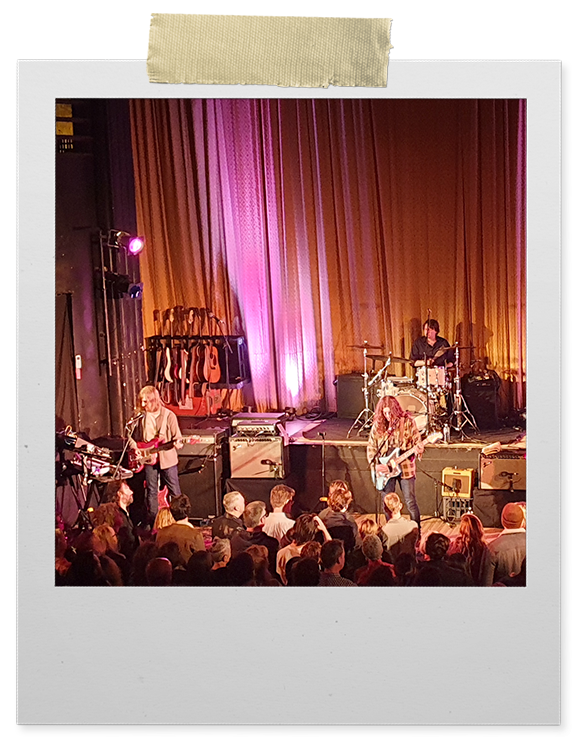
View of the whole show, from the balcony at the Theatre Royal. Left to right: Rob Laakso (guitar, keyboards), Kurt Vile (vocals, guitar), Kyle Spence (drums) and Jess Trbovich (bass, guitars).
They may look like a normal four-piece rock band but their tech rider required 44 channels from stage, plus the whole band were on IEMs
PROCESSING & EFFECTS
For the mix, Aaron used four separate internal reverbs – one for Kurt, one for backing vocals, one for the kit and one for snare – plus a delay. The vocal channel had the HPF set at 90Hz, with a few dB cut between 200Hz and 500Hz. There was an Empirical Labs Distressor across the vocal channel and an internal multiband comp across the vocal subgroup, but each of these compressors was only just catching the midrange peaks. Overall there was very little processing on Kurt’s vocal; a touch of reverb and a little slap delay gave it some space.
The other outboard gear was an Empirical Labs Fatso across the bass subgroup and another across the acoustic guitar subgroup, but neither was working hard. Aaron was generally happy to let the channels speak for themselves with only small touches of EQ (mainly HPF) and some dynamic smoothing – except for the unruly banjo. As Aaron explains, “the banjo gets high-passed and hits the multi-band compressor quite hard. A dash of the drum reverb and it stays inline, cutting through without stabbing eyeballs. Banjo picked hard and passed through a variety of drive pedals can be a bit of a wild beast!”
The output of the Digico SD10 went through an API 2500 compressor on its way to the house amps and speakers. At home (British Columbia) Aaron uses a Rupert Neve Designs Portico MBP II for this purpose. Referring to the API 2500, he said, “It’s pretty punchy, but I think ultimately I’ll return to the Portico on future tours. The Portico allows a little more versatility and has a really great low pass button that stops it from reacting to everything under 125Hz”.

Aaron: “The Champ is only used for solos and always with the Deluxe, the sounds captured by the C414s are high-passed and de-essed in any areas that are harsh or might compete with the vocal. Each gets its own subgroup where they go through the multi-band compressor to keep everything level.”
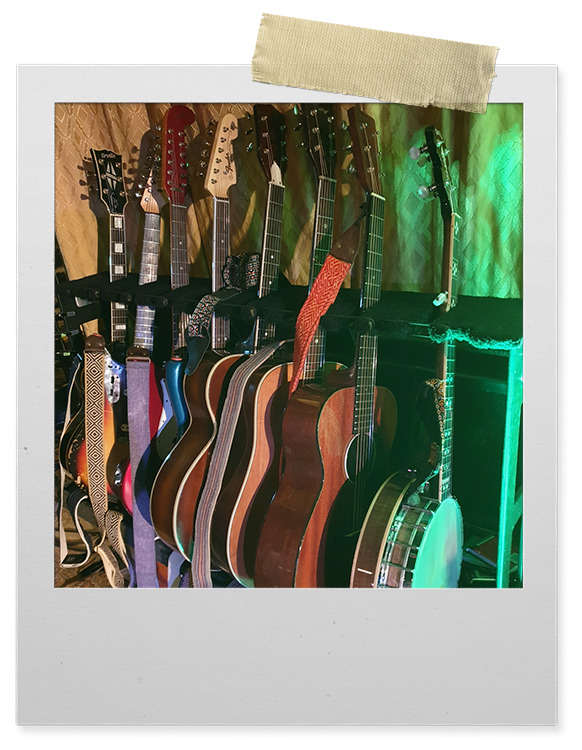
Kurt’s guitar rack: three acoustics, three electrics, a 12-string and a banjo. Guitar Tech Doran ‘DB’ Tamir:“Kurt usually tours with 13 guitars and a banjo, and he uses a different guitar on each song; sometimes there’s the same guitar on a couple of songs, never consecutive though, and always on a different tuning/capo position.”
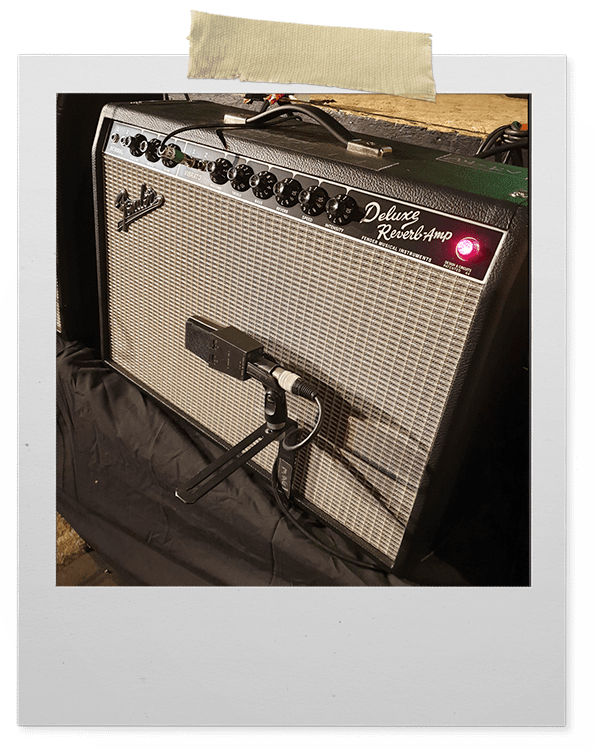
Aaron: “I try to use multi-band compression more than EQ because the EQ is quite permanent and with Kurt’s playing styles in conjunction with the pedals I find it best to let him self-regulate. I just try and smooth things out and keep his world sounding big and full!”
PA SYSTEM
The main speakers are a pair of Meyer MSL3s, with two dual 18 inch subs per side. They’re just shy of 40 years old but hard to replace without a big budget; we tried a more modern system a while ago and it lasted one weekend, so I won’t mention names. The FOH console is a 44-channel Soundcraft MH3, ex JPJ Audio. Side of stage there’s a 32-channel Allen & Heath monitor board running eight sends of foldback into eight monitors, including four of the old ‘Lord Nelson’ wedges and a drum-fill. Old-school and time proven.
We decided to stay analogue mainly because I prefer the sound quality, but also because of the ease of operation for the staff (the movies also go through the PA). Our timing has been good; as digital consoles take over more people are beginning to miss the quality and operating enjoyment of analogue consoles, so they’re coming back into fashion. Festivals are increasingly onto this and are offering a choice between analogue and digital consoles, and we’ve had a great reaction from touring sound mixers. I don’t mind the digital consoles for complicated stuff, but analogue consoles were made for rock.
FOUR MUSICIANS, 44 CHANNELS, & IEMS…
Higher channel counts have become normal in the digital age, and we’ve embraced them at the Theatre Royal by lifting our capacity to 28 channels from stage. That wasn’t enough for Kurt Vile & the Violators, however. They may look like a normal four-piece rock band but their tech rider required 44 channels from stage, plus the whole band were on IEMs. So the crew rolled in some new consoles supplied by JPJ Audio: a Digico SD10 for FOH, and a Digico SD11 for monitors.
Despite our love for analogue gear at the Theatre Royal, digital consoles offer considerable practical benefits in a touring situation like this; they’re almost essential with this many channels and the increased complexity of making mixes for IEMs. Once everyone is wired up and the show files loaded into the consoles, the operators can start from known settings and make small tweaks to suit the occasion rather than re-inventing whole mixes.
Kurt Vile’s monitor operator, Lachlan Wooden, lives in Sydney. This was his third Australian tour with Kurt and his first time to Castlemaine. On previous solo tours he’s been tour manager and FOH engineer so he knows Kurt well, but this time the band was new. Because everyone was on IEMs, Lachlan placed a d&b Q-SUB speaker near the drums to add some low punch on stage. He also used a pair of SDCs, one on each side of the stage and aimed towards the audience, to capture audience/room sound for the IEMs and avoid the sonic ‘disconnect’ that often happens between audience and artist when using IEMs. At the end of the first song at sound check, Kurt declared it was the best stage sound on the tour – obviously things were going right with the consoles, the IEMs and the room.
FOH engineer Aaron Brody started with Kurt Vile three years ago, initially mixing IEMs before moving to FOH two years ago. For the Theatre Royal gig he was happy with the room sound and stuck closely to the house EQ.
Kurt usually tours with 13 guitars and a banjo, and he uses a different guitar on each song

Mark Woods by the warm glow of the Soundcraft MH3. Aaron took one look and said he’d be just as happy to mix on it but too late, they’d become slaves to the technology.

FOH mixer Aaron Brody by the glare of the Digico SD10.
SOUNDCHECK & GIG
The sound in the room with the FOH off is strange, of course; all guitar amps and drums, with no vocals, keys or bass to speak of due to the use of IEMs. Once FOH was on, however, it all made sense. Aaron was ready to go after a couple of songs and the band spent most of their time rehearsing. Lachlan used a different mix snapshot for each song, and, in his words, “The update and recall scope changed as the tour went along. As I got to know the band better, I was able to add more detail to each snapshot or learn who wanted what levels to stay constant throughout the set”.
The sound at showtime, with the room full of people, was great. Aaron was the steady hand at the controls delivering clear vocals and well-balanced instruments with all the parts and cues in place, and Lachlan must have done well on monitors because there was no feedback at all. [IEM joke] Special mention must go to guitar tech Doron ‘DB’ Tamir, the hardest working man on the tour; he loaded in over 20 guitar cases and didn’t stop during the whole show, always handing the musicians freshly-tuned instruments between every song.
Kurt Vile & the Violators wouldn’t have been out of place at the Crystal Ballroom in 1980; their instruments, amps and musical intent are not much different, and in those days they would’ve fitted into the Ballroom’s 16-channel desk. It’s the technology around them that has gone through a revolution since my days at the Ballroom, and it earned its money at the Castlemaine gig. The show was great, everyone was happy and a special appearance by Courtney Barnett in the encore capped off a big night. Another classic gig at the Theatre Royal.


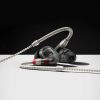




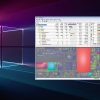

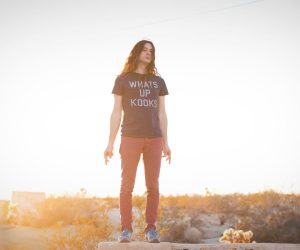








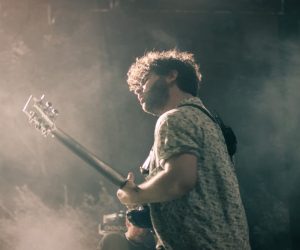




RESPONSES